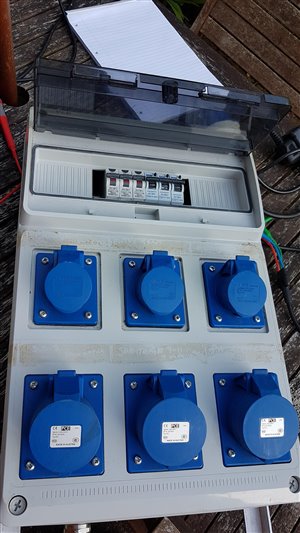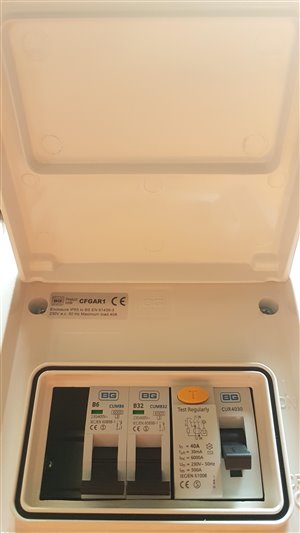Hello all,
Just had a sprinkler valve set incorrectly installed too far to the right on site that prevents a sink being installed to the right of the sprinkler valveset. As such, the solution would be to install the sink to the left of the valveset but this now puts the sink within the proximity of a 400v 3P disboard. Does anyone know the minimum distance that is required to be between the two? We are considering installing a partition to ensure safety however I would like to know what the regulations actually require. Any assistance would be appreciated as i predominantly have a mechanical background. Thanks in advance!



